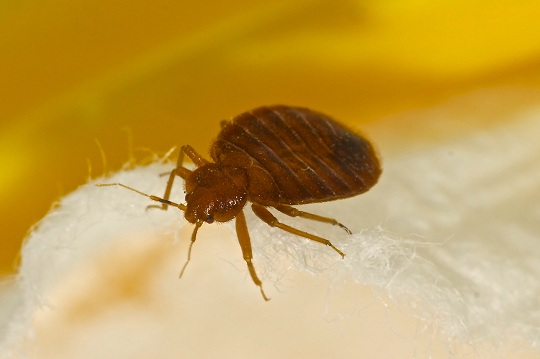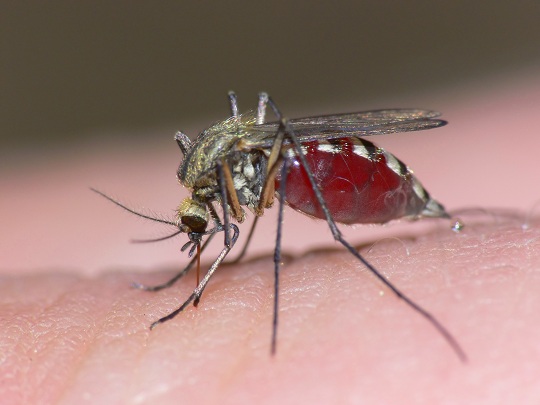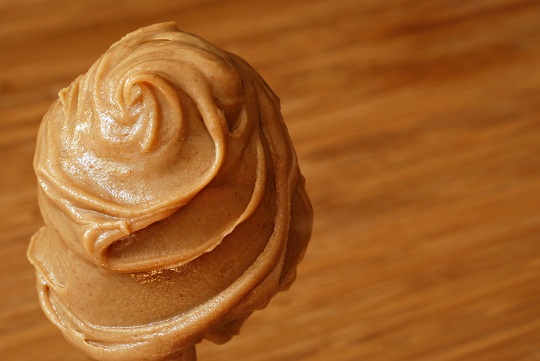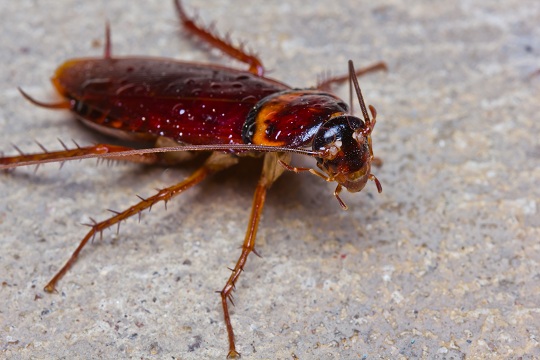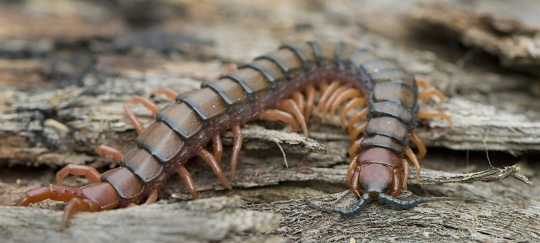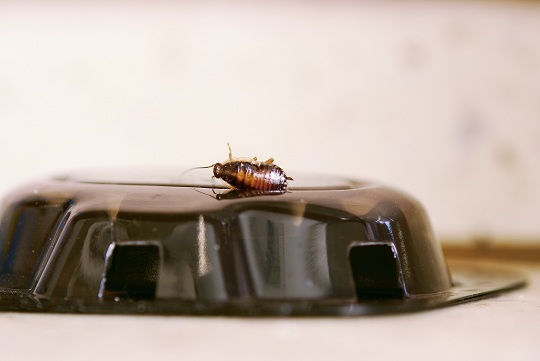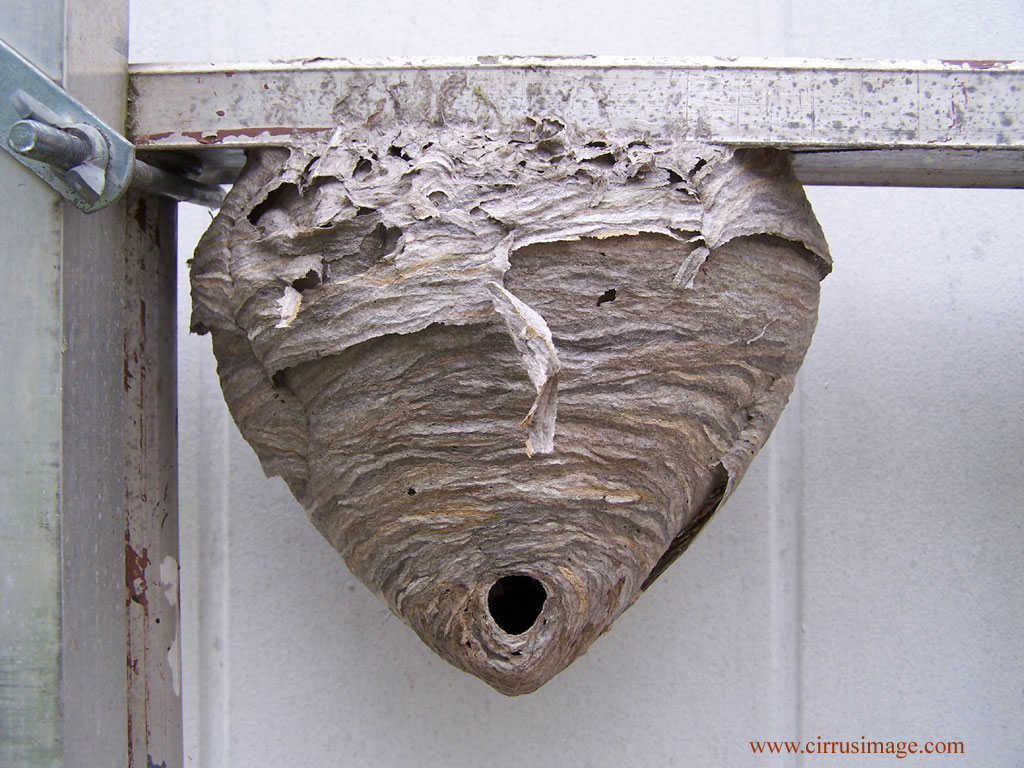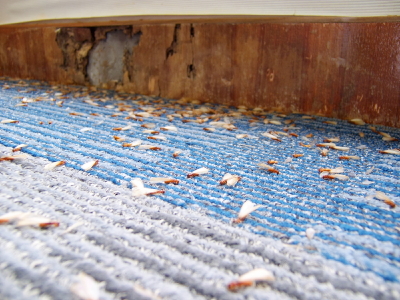Bed bugs are a big pest that many people have to deal with. They are tiny little parasitic bugs that feed on blood. They usually are found in homes, especially in or near beds. Usually it is very hard to tell if you have bed bugs unless you get bitten; but if you think you do have them, you should take action immediately. In the meantime, this article will give you some hints on how to detect bed bugs, and how to treat bed bug bites.
What Do Bed Bugs Look Like?
Adult sized bed bugs can be colored from light brown to reddish brown, depending on how much they have fed, with a banded appearance. They have flat, oval-shaped bodies with front wings and are usually about 4-5 millimeters long.
Do You Have Bed Bugs?
– Examine bites to diagnose them and pay attention to when you got them.
– Check your bed for any signs of them (spots of blood on the sheets/squashed bodies/etc). Look all over, including the seams and underneath the mattress.
– Call an exterminator.
How to Treat Bed Bug Bites
– Apply an over-the-counter anti-itch cream with hydrocortisone or cortisone steroid in it.
– Use calamine lotion to treat the rash.
– Apply a topical anesthetic to relieve pain or itching.
– Take oral allergy tablets.
– You can also take ibuprofen, advil, or tylenonl.
– If your symptoms do not clear up you should seek professional help.
Additional Help
If you have more questions about your bed bug problem, it may be time to speak with a professional pest control technician. The easiest, fastest way to get in contact with reliable local doctors is to use TalkLocal. Just tell us what issue you are having, and we will connect you with up to three pest control professionals in your area in just minutes.

